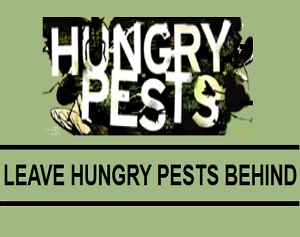
Nick McWilliams reporting – With spring bringing new life and growth, residents are urged to help limit the destruction brought by invasive plants.
April is Invasive Plant Pest and Disease Awareness Month through the United States Department of Agriculture.
Each year, invasive species, including insects and various plants and diseases, cost roughly $40 billion each year in damage to plants, trees, and crops.
USDA National Policy Manager Kathryn Bronsky says that now is the time when many species first start emerging after the winter, which can help make identification easier.
“As you look at trees, the leaves are just starting to bud out. It makes it easier to see the damage that wood-boring beetles, like Asian long-horned beetles or Emerald Ash borers, create. And many pests like spotted lanternflies or spongy moths are still in the egg phase in April, and we can stop them from spreading.”
Eggs can be removed by scrapping them off trees long before they hatch.
Bronsky says that while it might be easy to assume the “hungry pests” only present a small nuisance, the ripple effect of unchecked invasive species can lead to damage to the food-supply chain.
“They often arrive with few, or no, natural predators that could help control them naturally. There’s not much to keep their population in check, and they can spread to new environments quickly. These ‘hungry pests’ are often great hitchhikers, and people can accidently spread them to new areas.”
Residents can help by not moving untreated firewood to various locations, checking outdoor gear for egg masses or insects, and cleaning vehicles before trips.
Information is available at www.usda.gov and at www.hungrypests.com.
Copyright WTUZ Radio Inc., 2023